Pricing is a crucial element in any business. It impacts your sales, customer retention, profit margin, and even the ability to grow your venture.
Subsequently, some manufacturers endeavor to influence the retail pricing of their products by setting a manufacturer’s suggested retail price (MSRP). This can be quite a spanner in the works if you have not encountered it before or are not sure how it all works.
So, do come along, as we demystify what MSRP means, its purpose, how to handle it as a retailer, and much more.
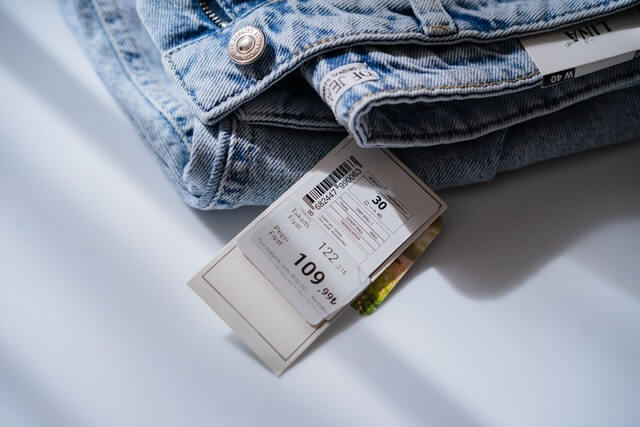
What Is MSRP in Retail?
A manufacturer’s suggested retail price is a price point recommended by a product manufacturer to their retailers. It is usually higher than the wholesale/factory price of the product to allow retailers to earn a profit.
For example, if you buy Samsung phones to sell in your retail store at $650, Samsung could recommend that you sell them for $800.
As the name implies, a manufacturer’s suggested retail price is just that–a suggestion. Retailers are not obliged to adhere to it and can sell at a price that they find suitable for their business and target market.
For context and clarity, let us also discuss other pricing strategies that many entrepreneurs confuse with MSRP.
MSRP vs List Price

A list price is the retail price of a product indicated in a catalog, brochure, or even inventory data. It is often defined as a synonym for a manufacturer’s suggested retail price. However, this is not accurate.
They differ because an MSRP can only be set by a manufacturer but a list price can be set by a manufacturer or by the retailer selling the product.
MSRP vs Sales Price
An MSRP is a recommended price at which retailers should sell a product. In contrast, the sales price is the actual price at which the product sells.
Take, for example, that you buy designer handbags and the manufacturer sets an MSRP of $100. If customers buy the handbags from your store at $120, then, by definition, that is the sale price.
MSRP vs MAP
MAP is a minimum advertising price. It is the lowest price that you can advertise for a product. It is set by a product manufacturer.
A minimum advertising price is usually set to maintain the value of a brand in the market.
For example, products from brands like Nike and Bose are renowned for their premium quality. Consumers also associate them with equally premium prices.
Therefore, to maintain the prestige of the brand, a manufacturer can stipulate that retailers cannot advertise their products below a specific price. Bose headphones, for instance, exemplify this practice as shown below.
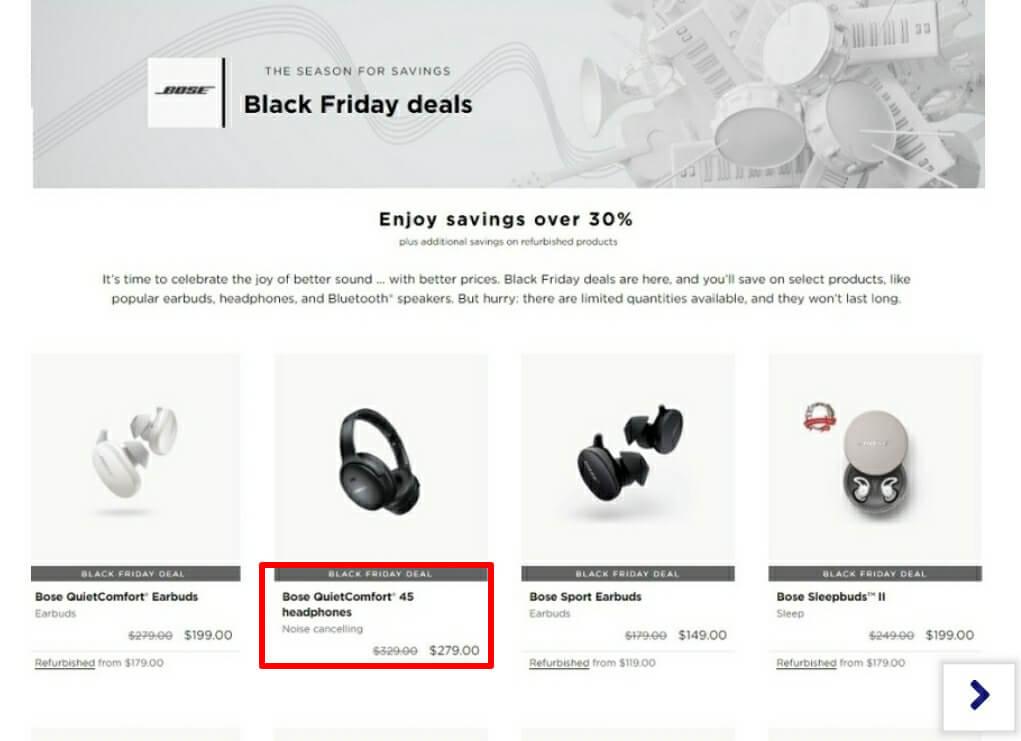
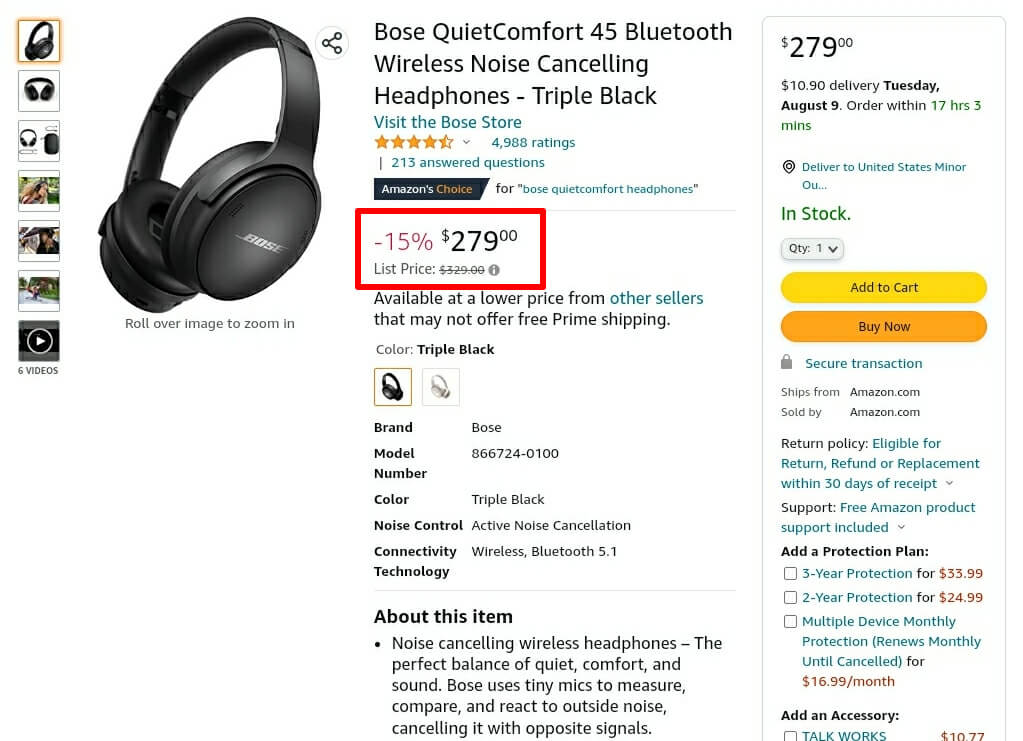
Both pictures show different sellers but their prices are identical because Bose has a MAP policy that they can not deviate from.
While MSRP is only a suggestion to retailers, MAP is mandatory. Retailers have to adhere to it or risk being banned from selling the product.
However, MAP only controls advertising prices. This means that a retailer can advertise the product at the $500 MAP but sell it at any price they prefer.
MSRP vs RRP
A recommended retail price (RRP) is a product price recommended to retailers. It is thus similar to a manufacturer’s suggested retail price.
The only distinction between MSRP and RRP is that an MSRP is specifically set by a product manufacturer but RRP can be set by different parties. Industry regulators or unions, for example, can sometimes set RRPs.
What Is the Purpose of MSRP?

Product manufacturers have a major interest in how retailers sell their products. More so in terms of price because if retailers sell a manufacturer’s products at very high prices, it will eventually impact the manufacturer as follows:
- Consumers may choose to buy cheaper brands.
- The manufacturer may end up not selling as many products as they like and thus make low profits.
- Overly high prices may taint the reputation of the brand by making it seem exclusionary. Consumers may also consider such a brand a rip-off because it is overpricing a product that other brands sell for less.
Therefore, it may be in the manufacturers’ best interest to set and publicize an MSRP. It may not compel retailers to sell at the said price, but:
- It lets consumers know what the manufacturer’s brand stands for i.e. fair pricing.
- It gives consumers a reference point; if a retailer sells way above the MSRP without just cause, a consumer can tell that the product is overpriced and if they sell below it, then it is a good deal because the price is discounted.
Further, in some cases, manufacturers also use MSRP as a way to entice retailers.
For example, if you would like to start selling activewear, you will probably do your due diligence to find out the estimated profit margins.
This is easier if a brand has an MSRP because you can calculate the average profit that you could earn from each set of activewear as follows:
PROFIT = MSRP – Wholesale Price
You can then decide whether to sell at the MSRP or choose to increase or reduce it based on the dynamics of your target market.
What Determines MSRP?

Manufacturers set MSRP mainly by considering the costs that retailers incur during sourcing and profitability to retailers.
Let’s break that down in a bit more detail.
The manufacturer first has to consider the costs that a retailer may incur to buy, transport, store, and sell their products. Such costs include:
- The wholesale price of the product
- Shipping costs
- Taxes
- The retailers’ overheads e.g. inventory management, rent/online platform fees, etc.
- Labor
The manufacturer then has to determine a fair amount of profit that retailers will make after costs. They can calculate this as a percentage such as 25%, 30%, 50%, or any other margin that they reckon would be adequate.
Alternatively, they can set it as an amount like $200 or any other. Subsequently:
MSRP = Costs + Retail Profit
Setting MSRPs
Setting MSRPs is a process. It requires:
An Evaluation of Suitability

Most products do not require an MSRP because:
- The original price/value of some items is well known to both sellers and consumers. It is thus near impossible for retailers to overprice them because consumers would certainly react negatively to such exploitation.
- The market forces of demand and supply work well in regulating the prices of regular products, like food items, that are consumed en masse. There is thus no need to set an MSRP for them.
Subsequently, manufacturers have to first determine whether their products require an MSRP before they even begin to set one.
Some of the situations that may necessitate an MSRP include:
- High competition – when competition among retailers of a specific product is very high, they may begin to undercut each other to attract customers. Setting an MSRP could thus help stabilize prices.
- High-value products – consumers attach high value to products like cars, jewelry, or electronics. This can sometimes make it easy for retailers to overprice them. Manufacturers may, therefore, need to set an MSRP to curb the negative effects of over-pricing.
Research

Manufacturers usually need to conduct market research to determine the costs that retailers incur and suitable profit margins. They may also need to consult with retailers to get their views and get them on board.
These steps enable manufacturers to understand the dynamics of different markets. In turn, they can set fair MSRPs that are more likely acceptable to retailers in those markets.
Manufacturers that skip such due diligence often face low cooperation from retailers. In some instances, retailers may even unite to lobby against unrealistic MSRPs.
MSRP Examples/Applications
MSRPs apply across different industries. Manufacturers mostly present them in some form of a product spec sheet like the one below.
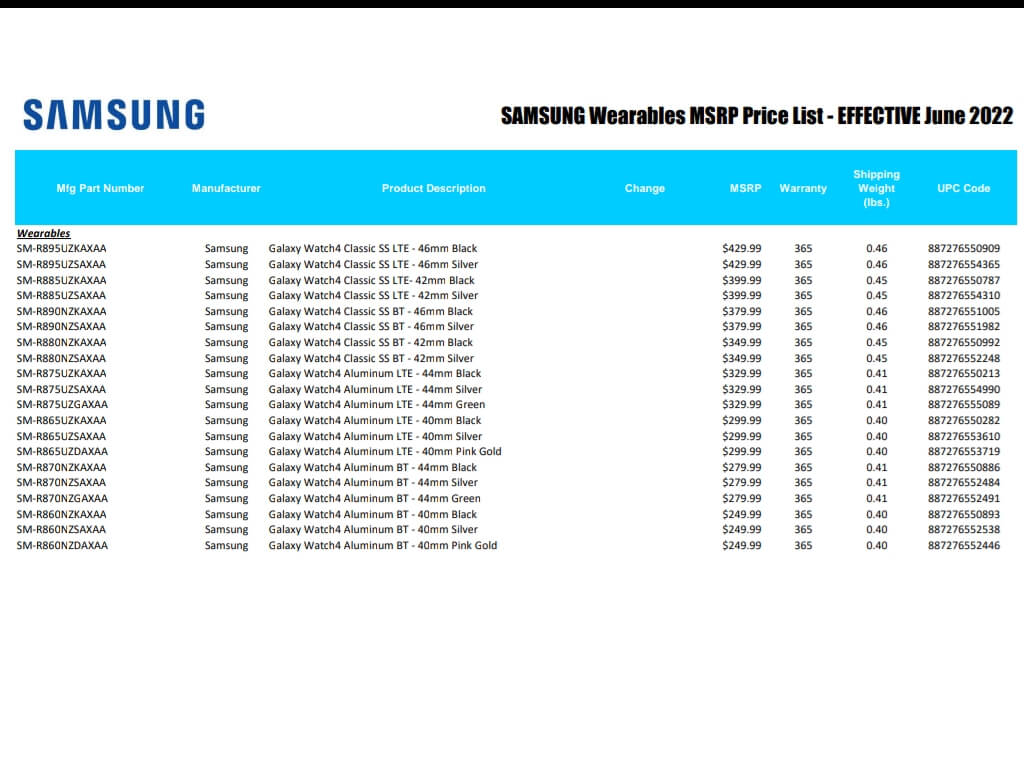
That said, the implementation of MSRPs varies from one situation to another. Here are a few examples to shed some light on the concept.
Example 1: Selling Below MSRP
Lots of retailers price products below the MSRP to sway buyers to buy from them. These prices are sometimes genuine discounts but it can also mean that the MSRP was set unnecessarily high, to begin with.
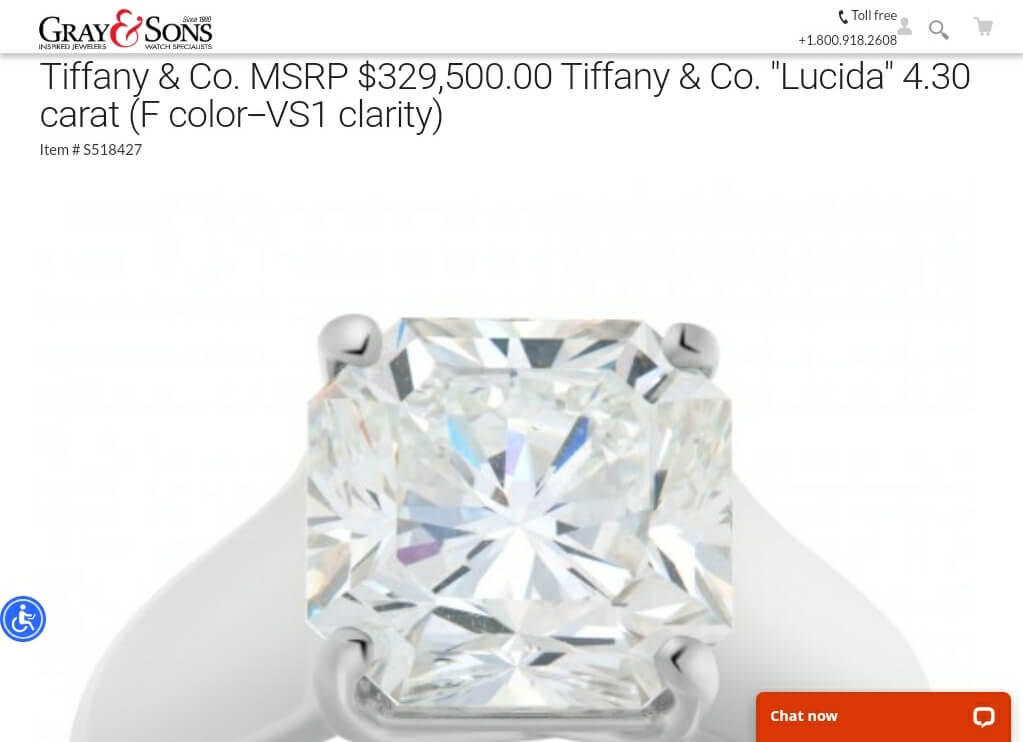
In the example above, the seller indicates that the MSRP is $329,500. However, their selling price is $184,000.
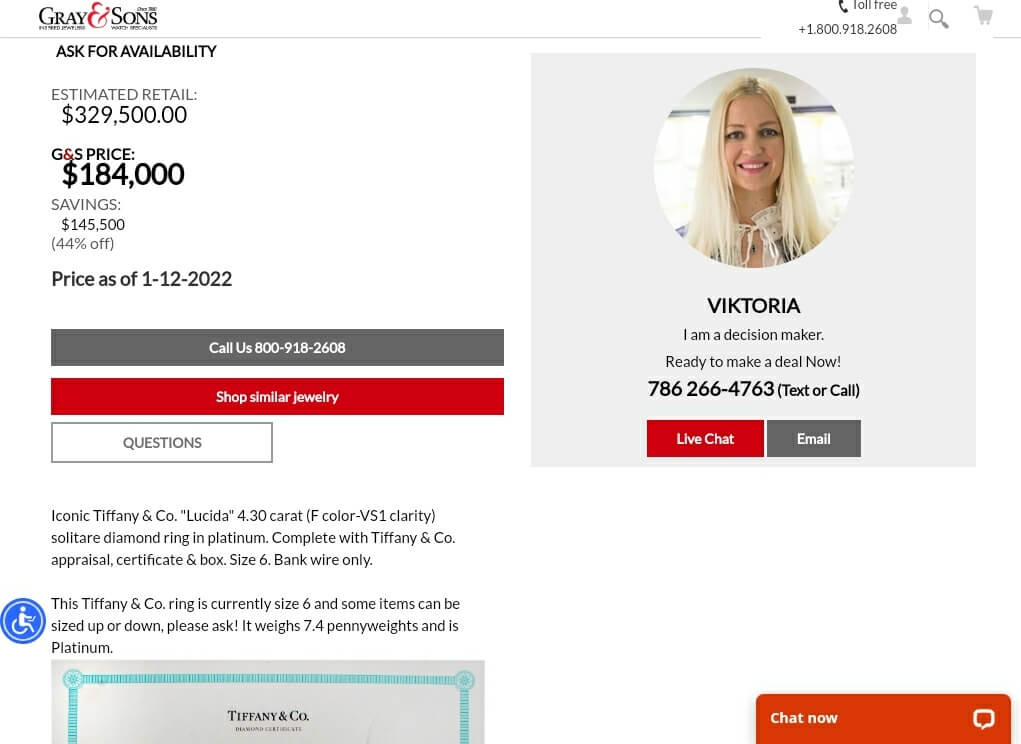
This amounts to an incredible $145,500 discount that would be tough for any buyer to resist.
Example 2: Selling Above MSRP
Retailers often sell above MSRP when the demand for a product is high, if they offer a luxury experience, or if a higher price is simply justifiable.
For example, when Apple launched the iPad 9th generation 64GB, they set the MSRP at $329.

Some major retailers have managed to sell it at the MSRP albeit with a small difference of $0.99 as shown below:

At the same time, retailers like the one shown below sell it at a slightly higher price of £319 which is about $387.81; $58.81 above the MSRP.
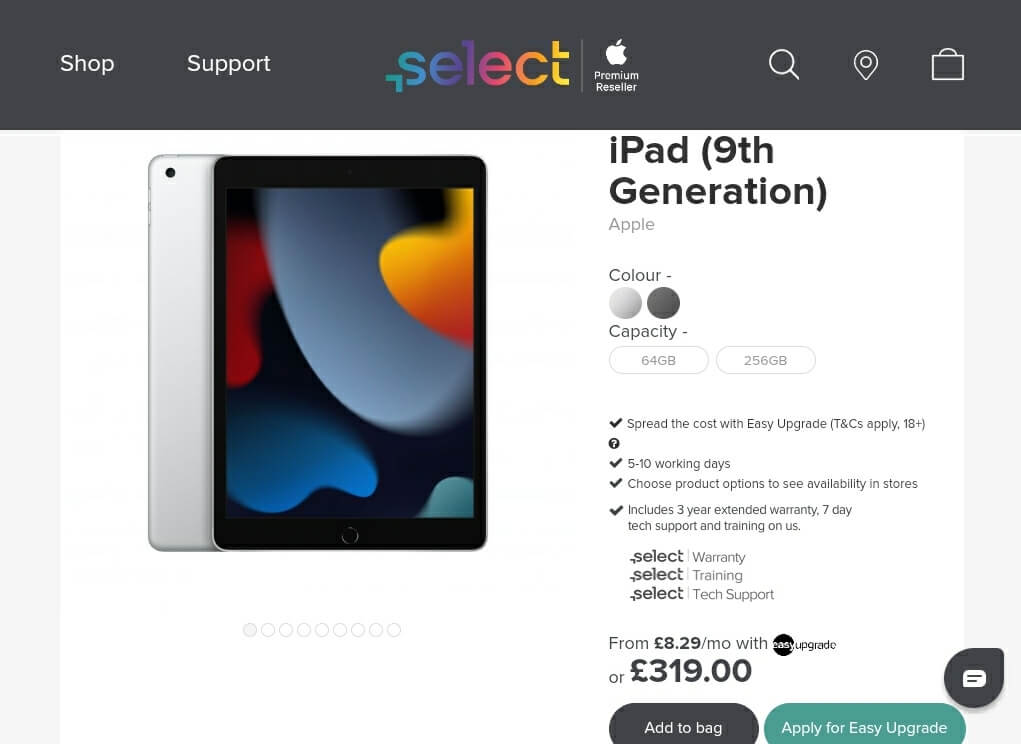
Notably, this is a retailer in the UK market. They may get away with this pricing due to the differences in currency. Some buyers may also be willing to overlook the price difference as the cost of shipping while others may reckon that it is only a small margin.
The Disadvantages of MSRPs
Fair MSRPs can work to benefit manufacturers, retailers, and consumers. Nevertheless, they can sometimes do more harm than good. Here are some key drawbacks that arise from MSRPs.
Disrupted Competition
Product prices in most markets typically run on the forces of demand and supply. They adjust each other as follows:
- When the demand for a product rises, its price also tends to rise.
- If demand for a product falls, its price will likely also decline to encourage customers to buy it.
- When the supply of a product is lower than the demand, the price of the product rises because there is not enough of it in the market.
- If the supply is higher than the demand, the market is saturated and retailers begin to reduce prices to attract customers.
Introducing an MSRP disrupts this natural cycle because retailers begin to face more scrutiny from customers.
For example, when Apple releases new products, they also disclose a suggested retail price. Meanwhile, demand for such new models is usually exponential because consumers are excited to see what they have to offer.
Under normal competition circumstances, this would allow retailers to sell at high prices. However, because the MSRP is public knowledge, they have to reign in their prices or risk a customer boycott.
The Possibility of Price Manipulation

Retailers often lobby for higher MSRPs than necessary. This allows them to price the products at a lower price and make it seem as though they are offering customers a substantial discount.
Such tricks work against consumers because if the MSRP had been set fairly, consumers would likely have paid less for those products.
Some countries have, in light of this, banned MSRPs or imposed stringent penalties for manufacturers or retailers that use them for price manipulation.
Skewed Benefits
Retailers are all the same in that they sell goods in small quantities to end consumers. However, retail businesses vary in terms of scale.
Large retail businesses like chain stores often have more capital than smaller startup retail businesses. They can buy goods directly from manufacturers at factory rates and get bulk discounts. This enables them to sell at or below the MSRP and still earn healthy profits.
In comparison, a startup may not be able to buy from a manufacturer due to high MOQs or limited funds.
Subsequently, they may only manage to buy from wholesalers that markup factory prices. This raises their sourcing costs and reduces their profit margin if they sell at the MSRP.
How Can Retailers Use MSRP?
The short answer is to understand why the MSRP has been set and use it to your advantage in the following ways.

Competitive Pricing
Retailers are not obliged to sell at the MSRP. You can, therefore, set your sale price in reputation to the MSRP but in a way that gives you an edge over your competitors.
The first step would be to evaluate your competitors’ selling prices alongside the MSRP. Then, where possible try to sell at a lower price than that of your competitors and the MSRP.
For example, if the MSRP is $500 and most of your competitors are selling at $470, you can sell at $460. It may not seem like much but even small price differences influence customers’ choices. More so if you augment them with factors like:
- Good customer service
- Fast delivery
- After-sale support
Sales and Discounts

Some situations may not allow you to constantly sell below the MSRP. It may thus be better to hold occasional sales where you allow your customers to buy the products at discounted rates.
Effective Marketing

Most consumers look out for MSRPs and tend to trust retailers that adhere to them. So, you can win them over through ads that highlight that you sell at the MSRP.
You can also encourage them to buy at this price by awarding coupons on a raffle basis or loyalty points.
Seize the Moment
Sometimes customers care more about getting a product than the price. This is usually due to FOMO or a product shortage.
Case in point, products like flagship phones, Play Stations, and Air Jordan‘s frequently sell out when new models are released. Most customers even pay more to pre-order. Acquiring the latest models early gives one bragging rights and prestige.
It is, therefore, justified for you to sell reasonably above the MSRP under these conditions because the demand is high enough and most of your competitors will likely raise their prices too. You will thus not lose customers to them.
Still, this approach calls for flexibility because the high introductory prices may no longer be practical once the initial excitement dies down and supply normalizes.
Product Kitting

Consumers can be hesitant to buy products from your store if you sell above the MSRP. It is thus advisable to sweeten the deal by offering a product bundle for a fair price.
For illustration, if you sell home appliances, you could bundle them with less expensive products like a surge protector. This enables you to achieve multiple goals at once because you can:
- Make your higher prices more palatable to consumers because they can see that you are offering more value.
- Reduce the inventory of a product that may not be selling as fast as you would like.
FAQs about Manufacturer’s Suggested Retail Price
Why Do Vendors Encourage Retailers to Sell at MSRP?
When retailers sell at the MSRP, it ensures that the manufacturers, wholesalers, and retailers earn fair profits.
This is because:
- Adhering to the MSRP prevents price undercutting which can destabilize the price of products in the market and, eventually, affect the profits earned by participants in the supply chain.
- MSRPs curb over-pricing which can deter purchases from buyers and create a poor brand impression.
Is It Okay to Sell Below MSRP?
Yes.
An MSRP is only a suggestion. Retailers are free to sell below or above it.
Where Do Online Retailers Indicate MSRP?
Online retailers often indicate the MSRP right alongside their sale price. The MSRP may be indicated as the ‘list price’ and the sale price as the ‘price’. Both appear on the product listing preview and in the product details section.
Sellers often strike through the MSRP to indicate that the sale price is a discount from the ‘original price’ a.k.a the MSRP.
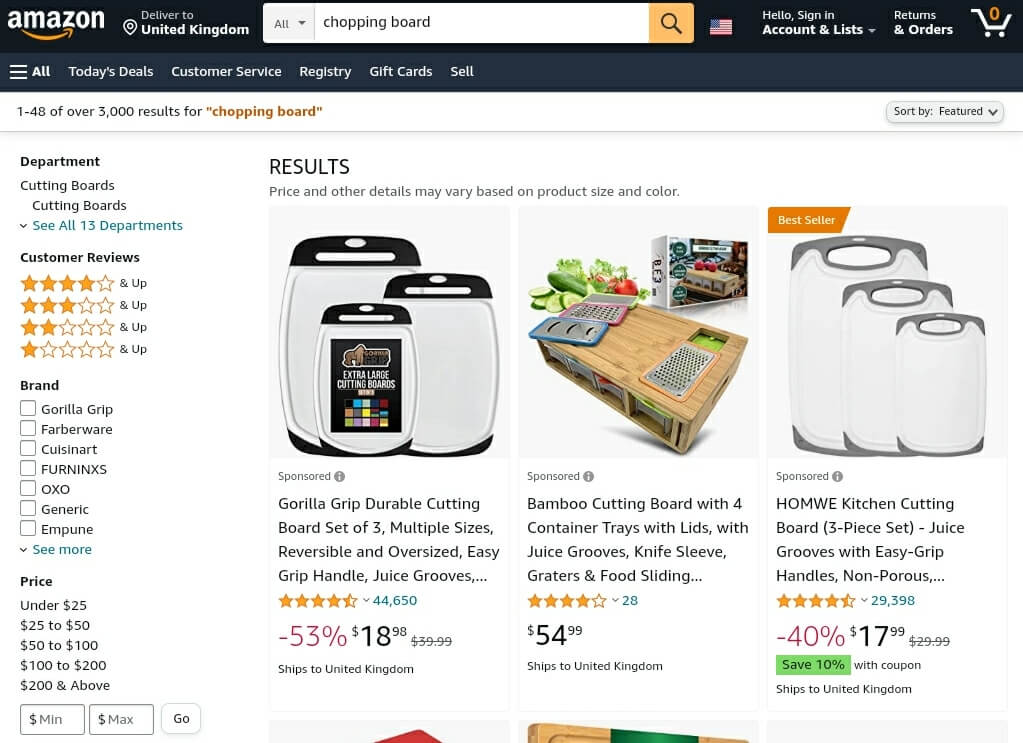
It is also worth noting that not all products may have an MSRP. Some online platforms like Amazon have been phasing out MSRP to limit price manipulation.
In Conclusion
MSRP can be a positive factor in some markets and a hindrance in others. The winning secret is to know how to use it to your advantage if your manufacturer decides to set one. The tips on this blog could certainly help with that.
On the other hand, if you prefer not to contend with MSRPs, we can help you find top-tier manufacturers with no MSRPs. We can also work with you to develop and brand private label products; this would give you full pricing discretion.
Ready to enjoy the freedom of pricing? Simply send us your sourcing requirements, request a free quote, and we will take it from there.

